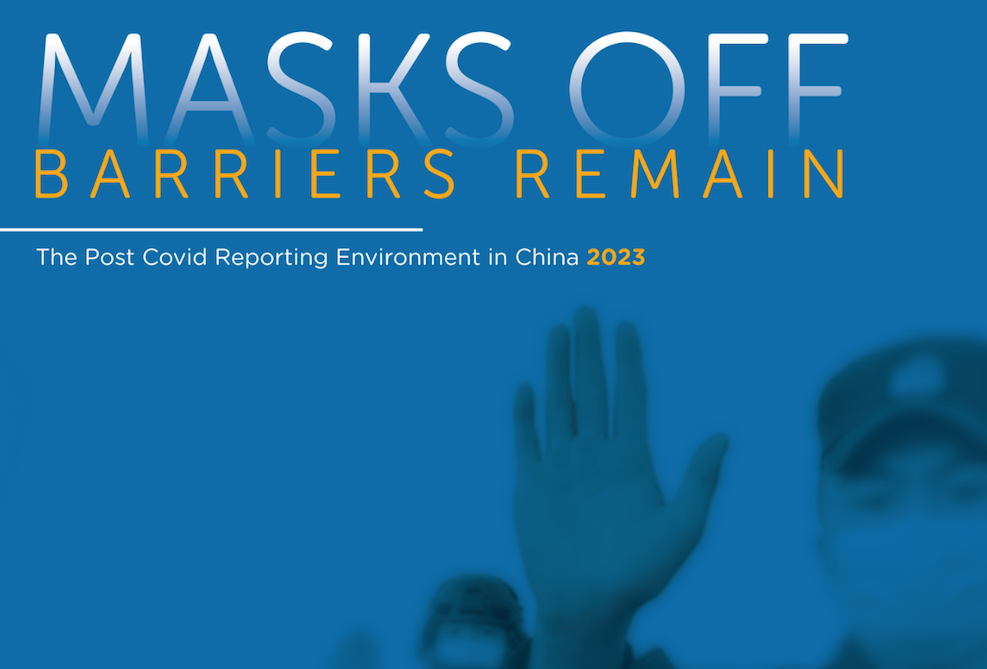 A CONVERSATION WITH | PAUL EKMAN
A CONVERSATION WITH | PAUL EKMAN
By JUDY FOREMAN
Dr. Paul Ekman, the professor of psychology who has become the world’s most famous face reader, is much in demand these days.
The Dalai Lama and Dr. Ekman, who have met twice, found such synergy in their understanding of human emotions that the Dalai Lama gave Dr. Ekman $50,000 in seed money to learn how to improve emotional balance in schoolteachers and other people in high pressure jobs.
The Federal Bureau of Investigation, the Central Intelligence Agency and state and local police forces have turned to Dr. Ekman for help learning to read subtle emotional cues from the faces, voices and body language of potential assassins, terrorists and questionable visa applicants.
Around the world, more than 500 people — including neurologists, psychiatrists and psychologists — have learned Dr. Ekman’s research tool called FACS, or Facial Action Coding System, for deciphering which of the 43 muscles in the face are working at any given moment, even when an emotion is so fleeting that the person experiencing it may not be conscious of it.
That detailed knowledge of facial expression has earned Dr. Ekman, 69, a supporting role in the movie industry, where he has consulted with animators from Pixar and Industrial Light & Magic to give lifelike expressions to cartoon characters.
Based at the University of California Medical School at San Francisco, Dr. Ekman spoke in a telephone interview.
Q. Why and when did you decide to become a psychologist?
A. My mother, who I now believe had bipolar disorder, committed suicide when I was 14. I decided that the way to deal with that was to try to help people like her, by trying to understand emotional disorders.
Q. What made you decide to focus on the face? Isn’t the voice just as revealing?
A. The voice is absolutely just as revealing. But I had been a photographer since I was 12. I knew how to use that tool to understand the face.
Q. What are the basic human emotions?
A. There are seven that have very clear facial signals — anger, sadness, fear, surprise, disgust, contempt and happiness.
Q. Isn’t love a basic human emotion?
A. Romantic and parental love are more enduring than emotions, though they are highly emotionally laden. I don’t just feel happy with my daughter. Sometimes I’m worried, sometimes I’m surprised, and sometimes I might feel anger. It’s an attachment, not a fleeting emotional state. A mood, by the way, is different still. It doesn’t last as long as an attachment, though it can last for hours or even longer.
Q. More than 100 years ago, Charles Darwin proposed that human facial expressions are universal. Anthropologists like Margaret Mead thought the opposite. What do you think?
A. Initially, back in 1965, I thought Margaret Mead was probably right. But I decided to get the evidence to settle the argument. I showed pictures of facial expressions to people in the U.S., Japan, Argentina, Chile and Brazil and found that they judged the expressions in the same way.
But this was not conclusive because all these people could have learned the meaning of expressions by watching Charlie Chaplin and John Wayne. I needed visually isolated people unexposed to the modern world and the media.
I found them in the highlands of Papua New Guinea. They not only judged the expressions in the same way, but their posed expressions, which I recorded with a movie camera, were readily understandable to people in the West.
Q. One of your most fascinating findings is that if a person merely arranges his face into a certain expression, he will actually feel the corresponding emotion. In other words, emotions work from the outside in as well as the inside out. Is happiness really as simple as putting on a happy face?
A. In a very limited way, yes. The trick with happiness is that while everybody can smile, most people can’t move one crucial muscle around the eyes that must be moved to generate the physiology of happiness. With anger or disgust, though, everybody can make the right facial movements and turn on the physical sensations of those emotions.
Q. If I received Botox injections all over my face and could not make normal expressions, would my emotions be similarly curtailed?
A. Probably not. I did a study with Robert Levenson, professor of psychology at the University of California at Berkeley, on people who had been born with facial paralysis. We found no impairment in their ability to recognize or experience emotions. There is a problem with Botox, though. Limiting facial animation may make people less appealing.
Q. People lie with their faces all the time, don’t they? You’re doing a study called the Diogenes Project with Maureen O’Sullivan, a psychologist from the University of San Francisco, to see how a few people, less than 1 percent of the population, are exceptionally good at using facial expressions, voice cues, body language and speech to tell liars from truth tellers. How do they do it?
A. Most important, they are highly motivated, close observers who, without training, are able to spot subtle cues about concealed emotions that we call microexpressions. These are very fast intense expressions of concealed emotions that most people miss because they typically last less than a quarter of a second.
Q. Are certain occupational groups especially good at using expressions to sort truth from lies?
A. Yes, the Secret Service. Many of the agents we studied were accurate 80 percent of the time in distinguishing lying from truthfulness.
Q. How do psychiatrists do at identifying liars?
A. No better than college freshmen. Close to chance.
Q. So how do you tell a fake smile from a real one?
A. In a fake smile, only the zygomatic major muscle, which runs from the cheekbone to the corner of the lips, moves. In a real smile, the eyebrows and the skin between the upper eyelid and the eyebrow come down very slightly. The muscle involved is the orbicularis oculi, pars lateralis.
Q. Can regular people learn to get better at telling real expressions from fake ones?
A. Much to my surprise, people can learn to do this in under an hour. I have developed a CD which teaches people to do this quickly. I thought it would take a lot longer.
Q. You met the Dalai Lama three years ago in Dharamsala, India. What was that like?
A. It was extraordinary. My daughter led me to him. When she was 16, she went to Nepal and lived in a Tibetan refugee camp. She came back all fired up and started a high school Free Tibet club. When I heard there was going to be a meeting between the Dalai Lama and Western scientists about emotions, I volunteered, so that I could bring my daughter. Until then, I had had no interest in Buddhism.
Q. How did meeting the Dalai Lama change your life or your outlook on emotions?
A. For one thing, I began studying Buddhist monks in my lab. In addition, I was halfway through writing “Emotions Revealed” when I met him. It caused me to rewrite it. It sharpened my ideas to contrast them with Buddhist beliefs.
Crucial to how we feel is being aware of how we are feeling in the moment. The sine qua non of that is to realize that you are being emotional in the first place. The earlier you recognize an emotion, the more choice you will have in dealing with it.
In Buddhist terms, it’s recognizing the spark before the flame. In Western terms, it’s trying to increase the gap between impulse and saying or doing something you might regret later.









